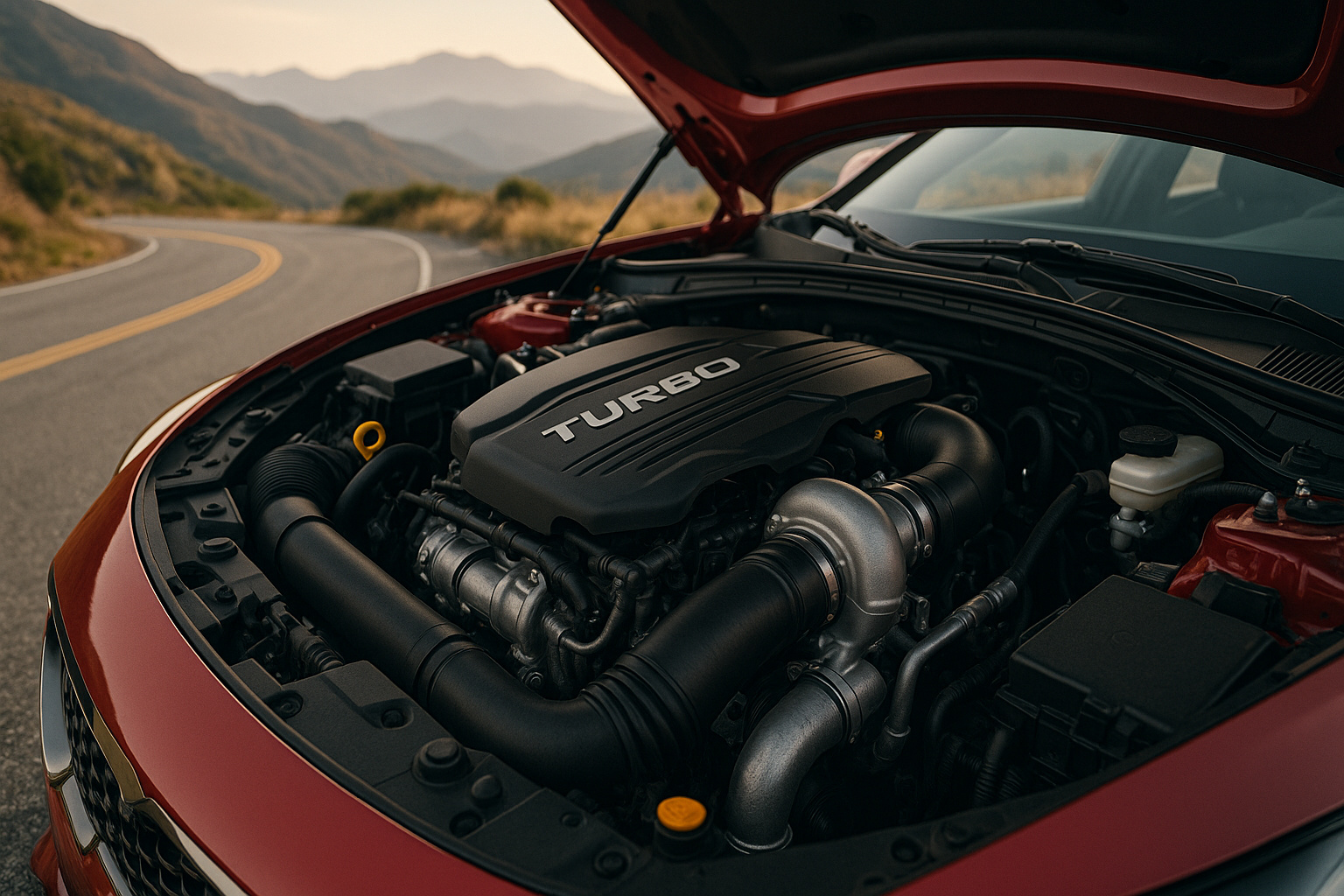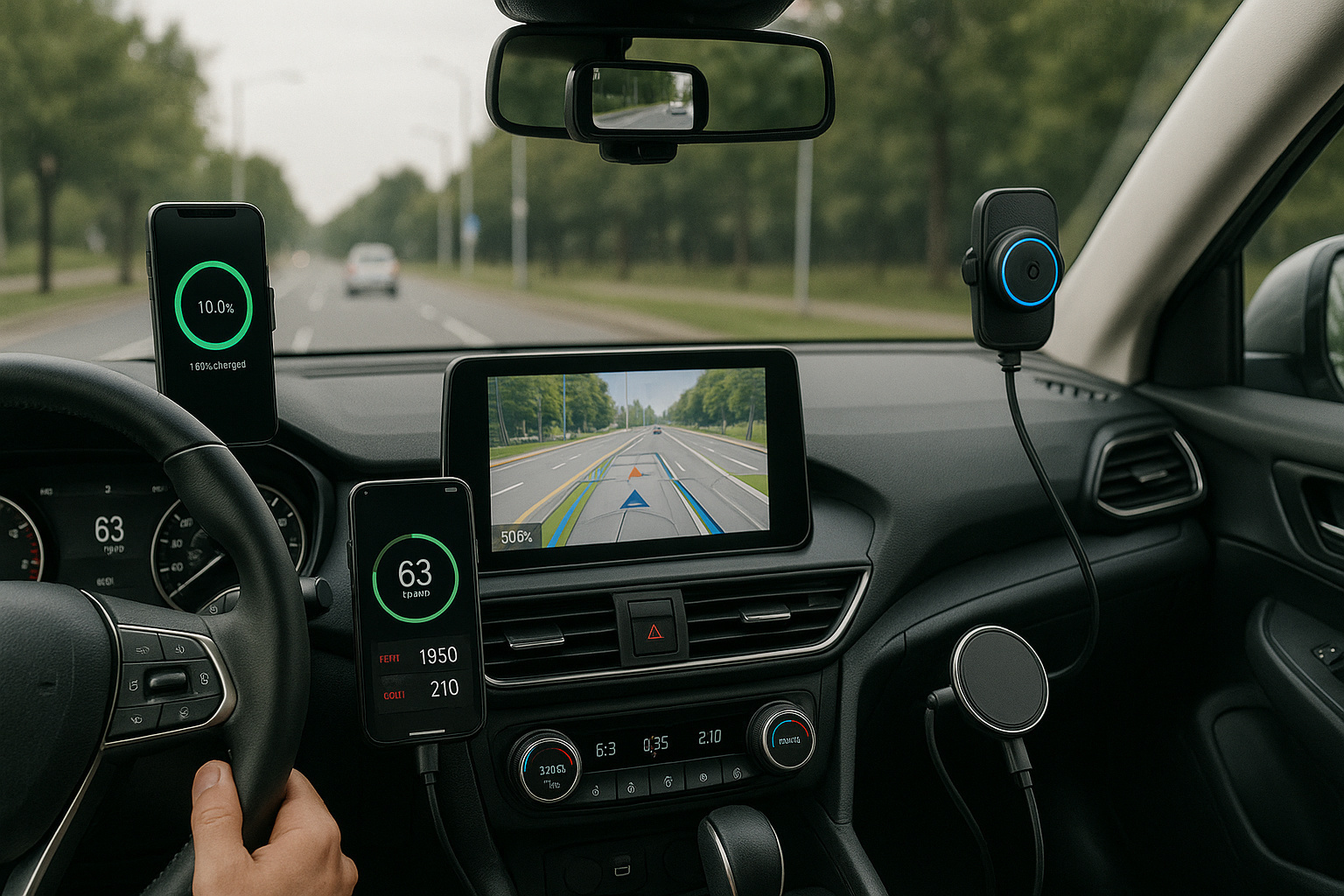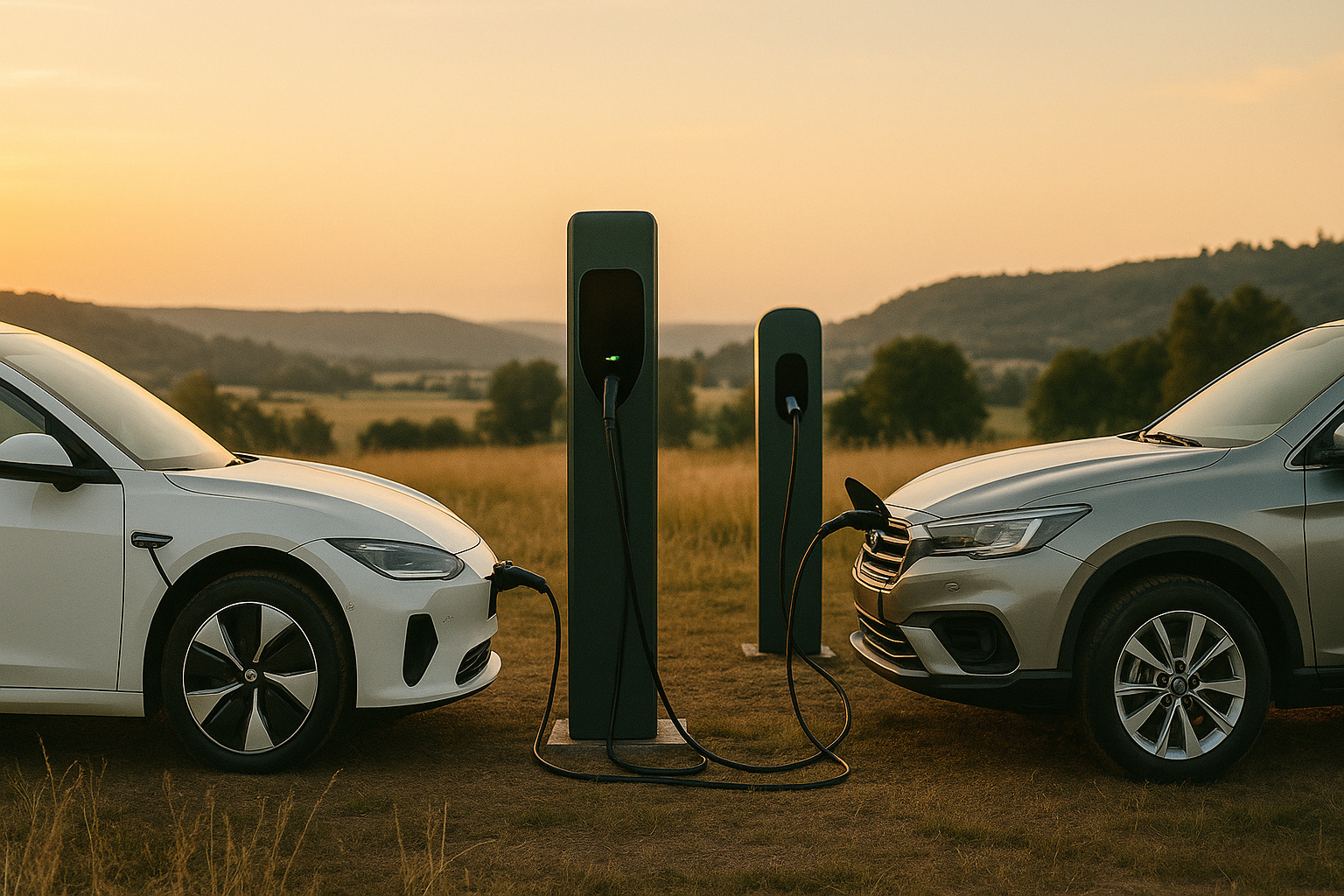
In the evolving landscape of the automotive industry, engine downsizing has emerged as a significant trend, especially within the performance car sector. As we approach 2025, this phenomenon is not only about reducing emissions and enhancing fuel economy but also about maintaining—or even increasing—the performance levels that enthusiasts demand. This guide explores why engine downsizing is revolutionizing the future of performance cars, detailing its benefits, challenges, and what potential buyers should consider.
Engine downsizing typically involves reducing the size of the engine's displacement while incorporating technologies like turbocharging, direct fuel injection, and advanced materials to boost efficiency and performance. This trend is driven by stringent global emissions regulations and the automotive industry's shift towards sustainability. Performance cars, known for their high-power outputs, are now adopting smaller, more efficient engines that promise lower emissions without compromising on power or driving dynamics.
One of the main advantages of downsized engines is their ability to mitigate the trade-offs traditionally associated with smaller engine sizes. For example, the use of turbochargers can significantly increase the air density entering the engine, enabling more fuel to be burnt and more power to be generated, akin to what larger engines can produce. Moreover, lighter engines result in a lower overall vehicle weight, which improves handling and acceleration.
However, there are several considerations for enthusiasts looking to embrace this trend. Choosing the right downsized engine involves understanding the specific technologies used, the type of performance car, and the intended use-case. It’s crucial to compare engines not only based on displacement but also on their design features such as the type of turbocharger used, energy recovery systems, and integration with hybrid technologies that might enhance performance further.
Maintenance and ownership costs of downsized engines can also differ. Typically, these engines require high-quality fuels and oils to maintain efficiency and performance. Additionally, the complexity of turbocharged and other associated systems might increase the cost of repairs and maintenance. Prospective buyers should consider these factors and possibly opt for comprehensive warranties that cover advanced engine components.
In conclusion, engine downsizing is redefining the parameters of performance in modern cars, balancing efficiency with high performance. When selecting a downsized engine, consider the technology integration, fuel requirements, and potential maintenance costs. Keeping abreast of technological advancements and understanding the specifics of engine architecture will help in making an informed decision. Ultimately, this trend towards smaller, smarter engines is set to continue shaping the auto industry, promising an exciting blend of sustainability and speed for future performance cars.




